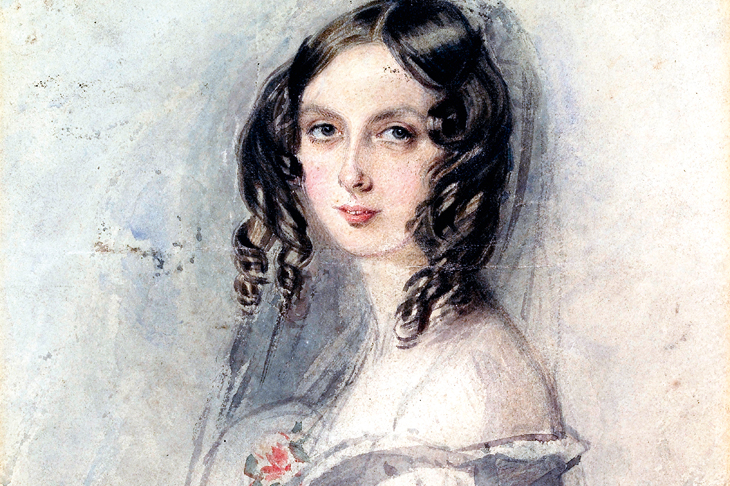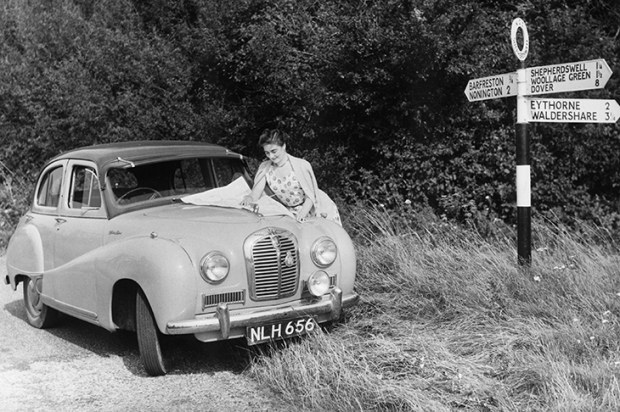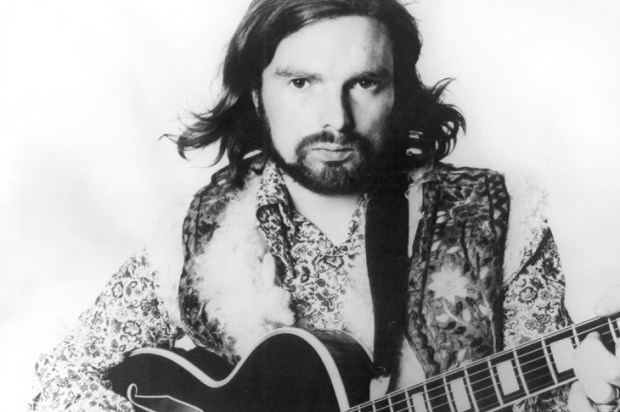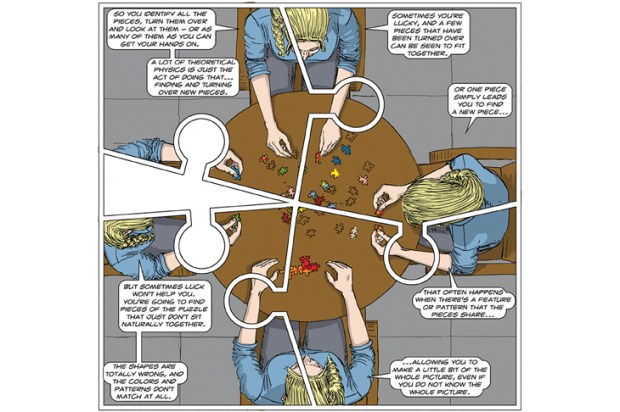It’s more than 160 years since the death of the computer pioneer Ada Lovelace, Charles Babbage’s ‘enchantress of numbers’ and self-proclaimed ‘bride of science’. Not the least of Lovelace’s fascination is the way in which her reputation and the claims for her significance have fluctuated so wildly during that time.
She’s been hailed for her understanding of the potential of Babbage’s unbuilt Analytical Engine and for her far-reaching vision of the role of the technology of the future. This has unfortunately led to her being credited with everything from the invention of the CD to the foundation of Silicon Valley. Alan Turing, no less, called one of his basic principles after her — ‘Lady Lovelace’s Objection’ — deriving from her crucial insight that artificial intelligence cannot originate anything. In the late 20th century, the US Department of Defense named a programming language in her memory, while one of Tom Stoppard’s most engaging creations, Thomasina, in his play Arcadia, an ill-fated, mathematical prodigy, was apparently inspired by her.
At the other end of the scale, Ada’s mathematical skills have been widely denigrated. She’s been dismissed as a charlatan and for being as mad as a hatter. She’s also been resurrected as a character in ITV’s execrable drama series Victoria.
Recently, a small group of Oxford mathematicians and historians of mathematics analysed Lovelace’s surviving papers, specifically the correspondence course she took with one of the leading mathematicians of the 1840s, Augustus de Morgan. They reached the conclusion that while Lovelace showed plenty of potential as a mathematician, her true strength lay in her extraordinary capacity to take on large, over-arching ideas and interpret them not only boldly but imaginatively. Among her many mercurial talents, Lovelace possessed the gift of what she described as ‘the combining faculty’, the ability to see points in common ‘between subjects having no apparent connexion, & hence seldom or never brought into juxtaposition’.
Miranda Seymour agrees that it is not Ada Lovelace’s skills as a mathematician that matter, but rather her visionary words, 100 years before the birth of electronic computers, about ‘a new, a vast and a powerful language’. In her ambitious, and at times somewhat ungainly, dual biography of Ada and her mother Lady Byron, the power of Lovelace’s imagination and her belief in a ‘poetry of mathematics’ is seen as a direct inheritance from Ada’s father Lord Byron.
Born in 1815, while Byron was downstairs in their Piccadilly home knocking tops off soda bottles with a poker — misinterpreted by the rest of the household as the sound of gunshots — Ada was Byron’s only legitimate offspring, the ‘sole daughter of my house’, as he apostrophised her in Childe Harold. Brought up in the custody of her mother Annabella, the young Ada’s interest in maths was encouraged partly to ensure that she didn’t turn out to be a poet like her father.
Seymour’s book is essentially a study of two reputations, the mother’s as well as the daughter’s. Annabella devoted herself to good works to stave off the imputations of incest, sodomy and infidelity that surrounded her husband’s name. Seymour has mined the Lovelace-Byron papers in the Bodleian extensively, though so much has been destroyed that still she peers through a glass darkly.
Nevertheless, she has made some interesting discoveries. She paints a dark portrait of Ada’s disintegrating marriage to William Lovelace, evidently hoping we’ll be alert to the Byron DNA in Ada’s remark to her husband that ‘I want my cock at night to keep me warm’. She tells the incredible story of Ada’s repeated pawning of the Lovelace diamonds to finance her gambling debts, which would give Trollope’s Lizzie Eustace a run for her money. And she writes well and innovatively about Ada’s examination in her final years, before her death at 36, of the way in which raindrops refract sunlight.
The problem is that Ada is such a beguiling personality that one grows to resent the way Lady Byron’s self-righteous benevolence keeps cutting across the pages. There’s a sense too in which Seymour’s book, clogged with domestic minutiae, presents an outdated model for the consideration of such an important female scientific figure. Florence Nightingale, another woman whose work was underpinned by an adolescent study of maths, is mentioned, but only as a family friend (it’s disorientating to be told that Nightingale’s wartime hospital at Scutari was in the Crimea rather than Turkey). Nightingale’s maths was more utilitarian and less abstract than Lovelace’s, but there are some significant links: an early interest in optics and a connection to Mary Somerville, while William Farr, Nightingale’s long-time collaborator in statistics, praised Lovelace 20 years after her death for her ‘surprising knowledge of analysis’.
What Seymour’s book lacks most of all is more of a cultural context in which to place Ada Lovelace. Yes, her interest in the imagination may stem from her existence ‘in Byron’s wake’. But what about Coleridge’s theories of the imagination in his Biographia Literaria? She must have read them. At the end of this book, I longed to release Ada Lovelace from her father’s shadow and to unknot her from her mother’s apron strings.
Got something to add? Join the discussion and comment below.
Get 10 issues for just $10
Subscribe to The Spectator Australia today for the next 10 magazine issues, plus full online access, for just $10.
You might disagree with half of it, but you’ll enjoy reading all of it. Try your first month for free, then just $2 a week for the remainder of your first year.














Comments
Don't miss out
Join the conversation with other Spectator Australia readers. Subscribe to leave a comment.
SUBSCRIBEAlready a subscriber? Log in